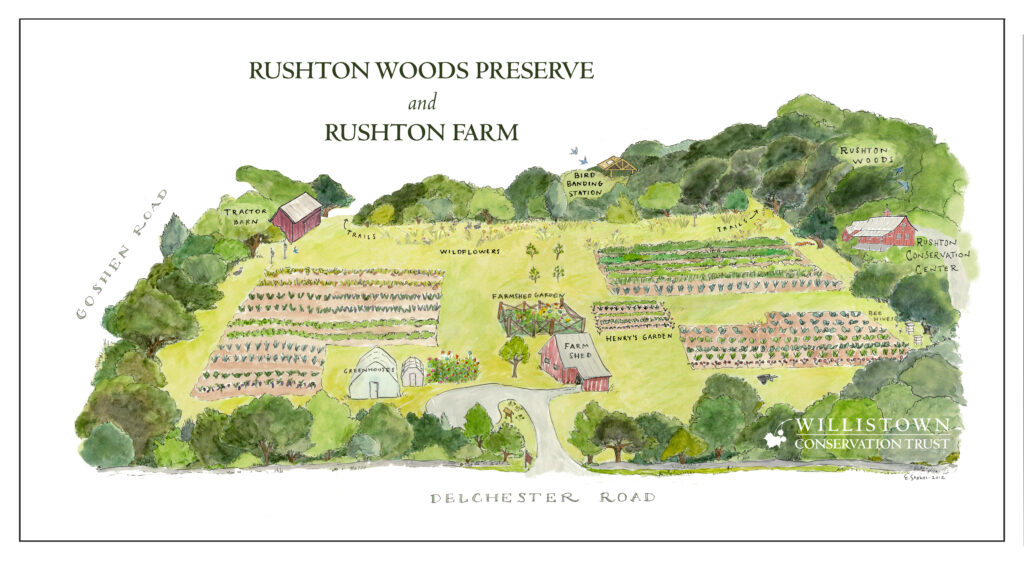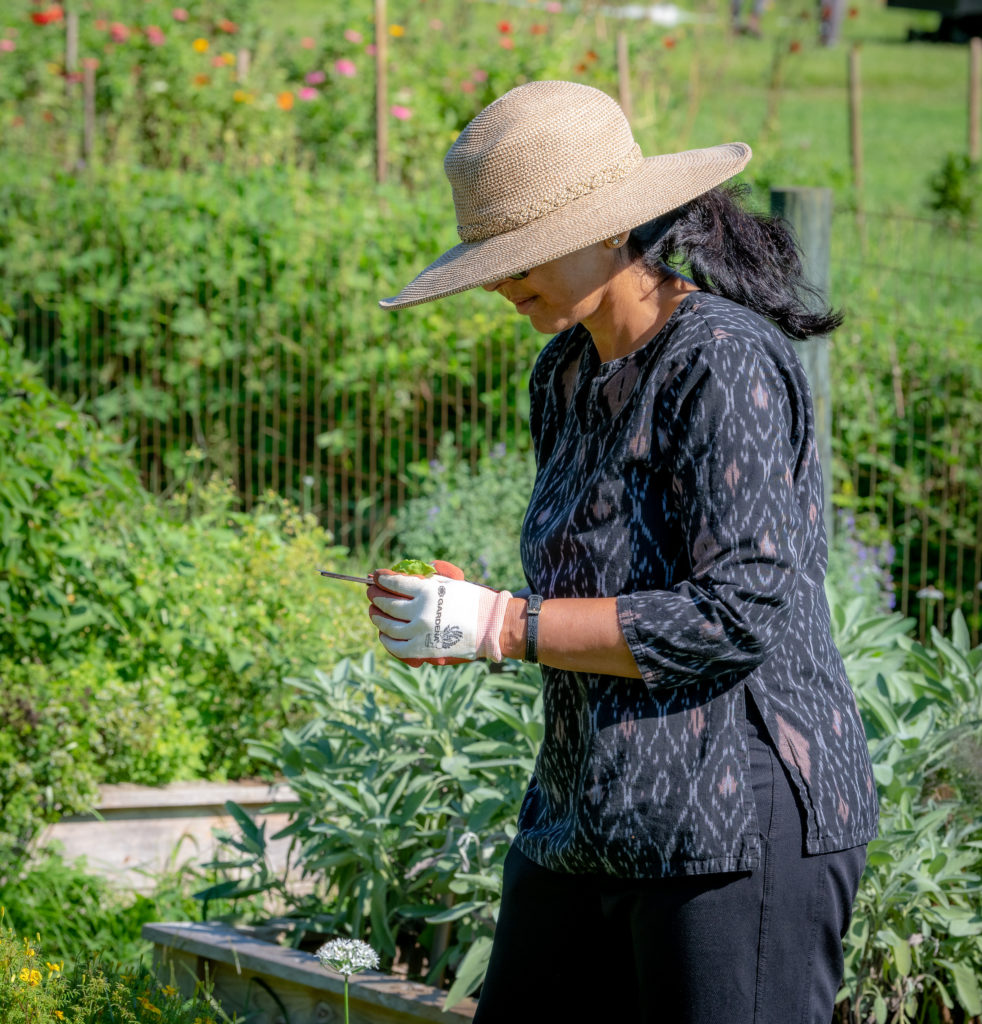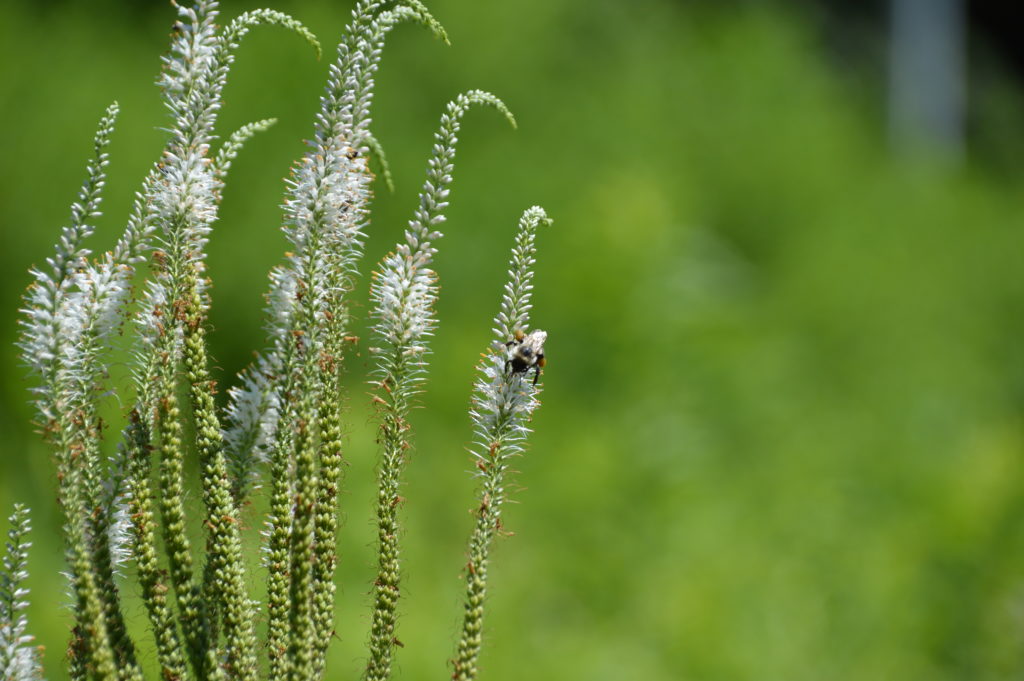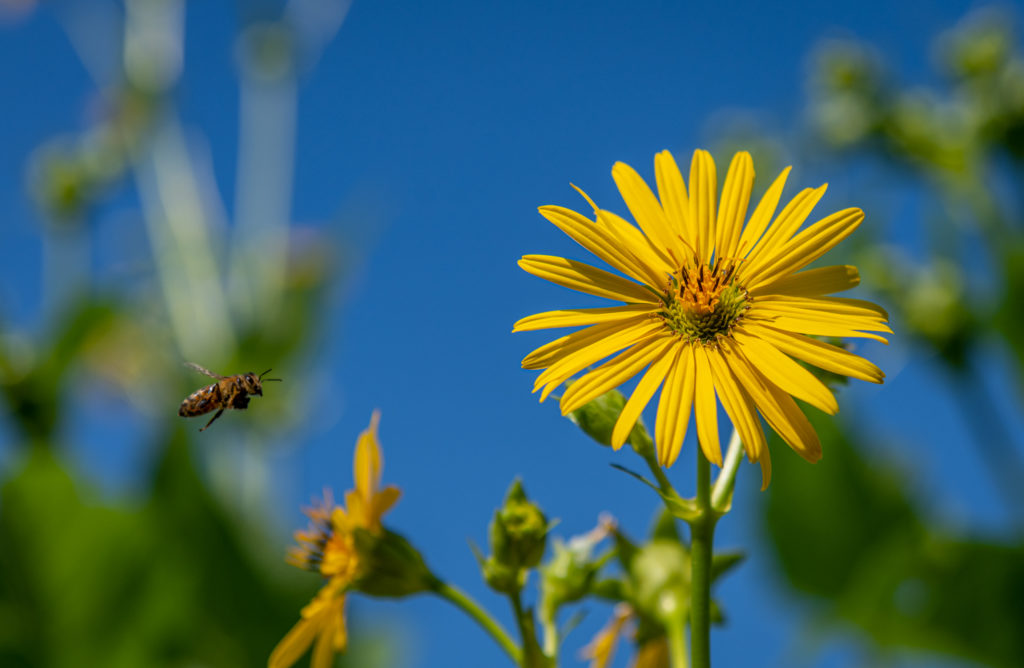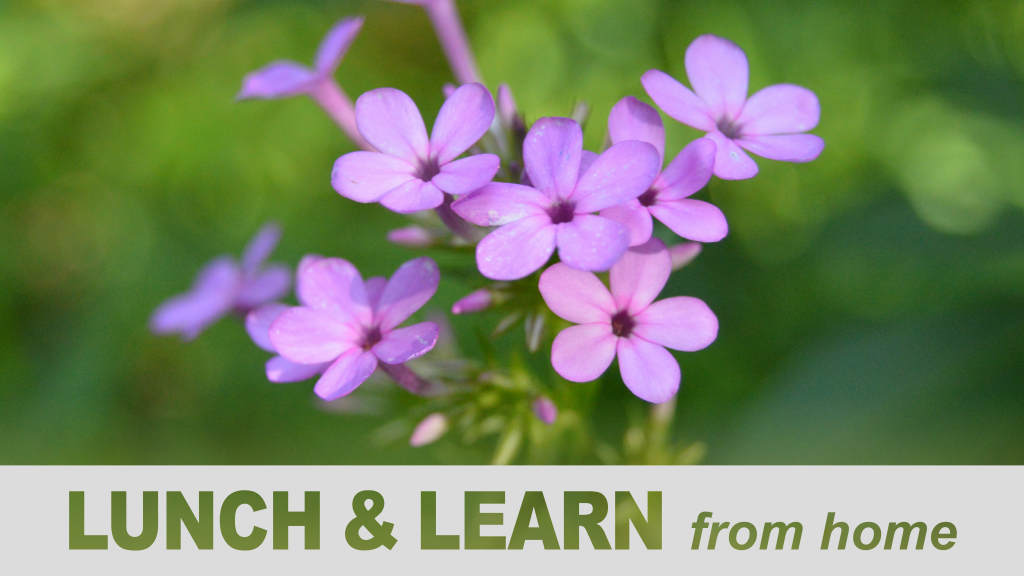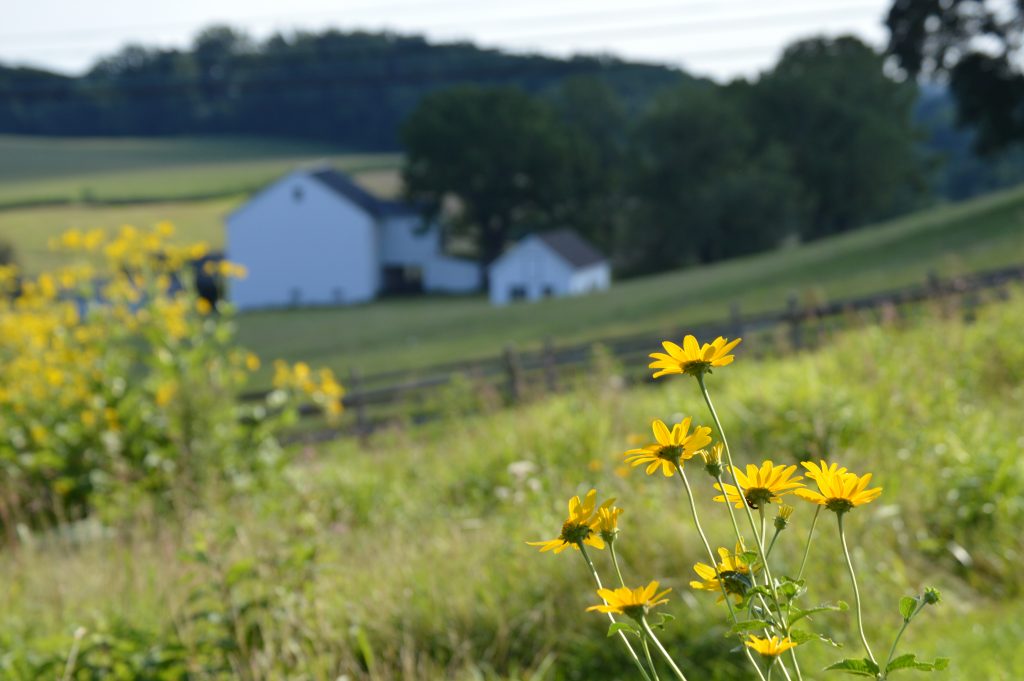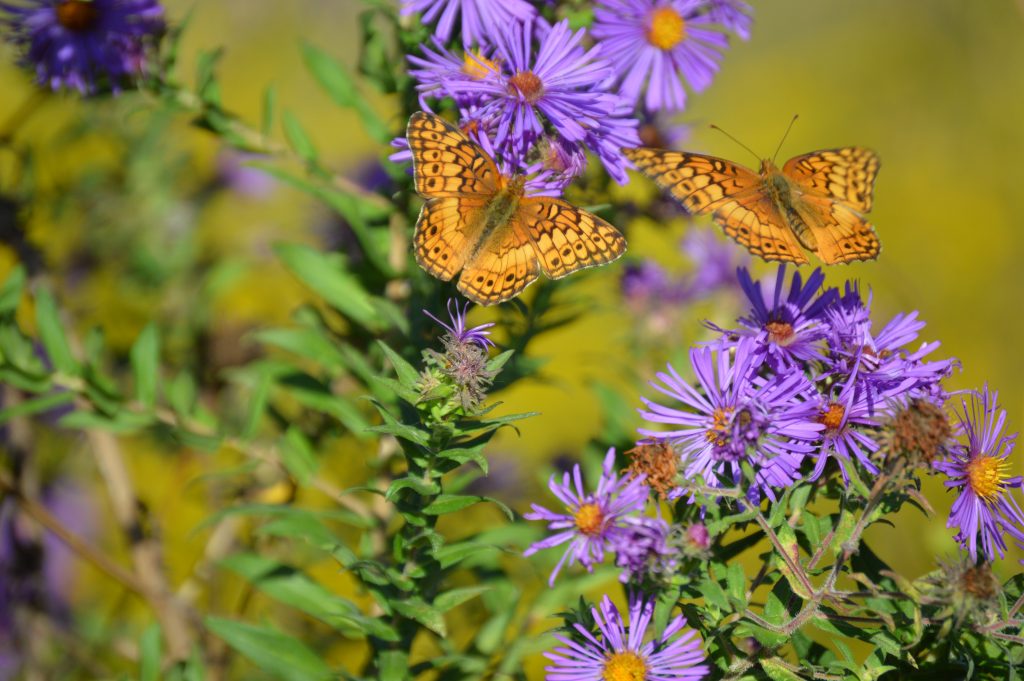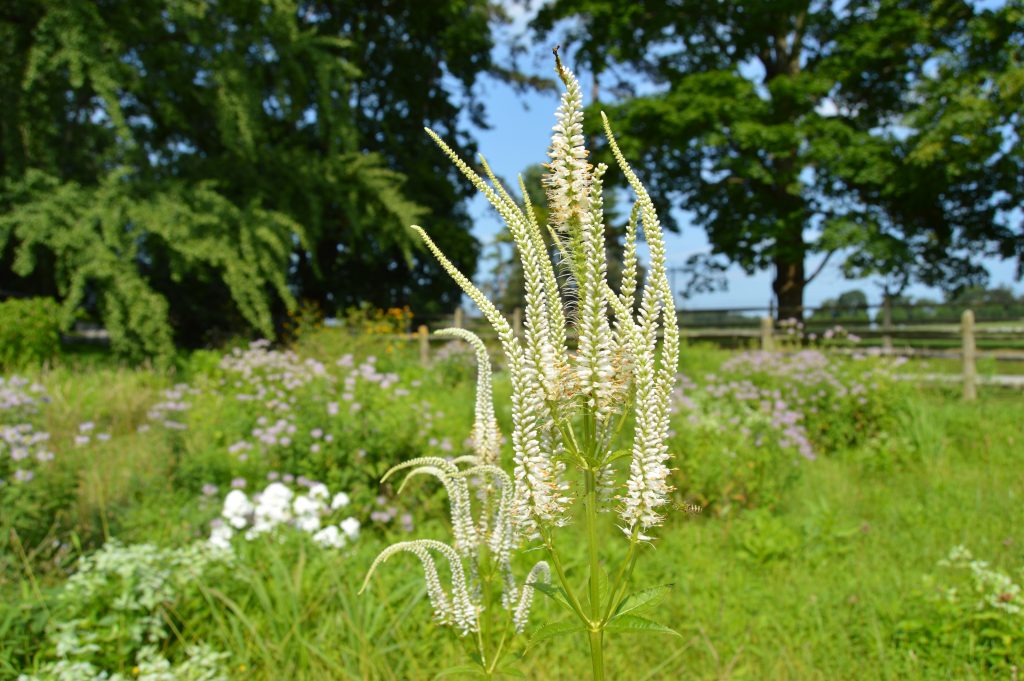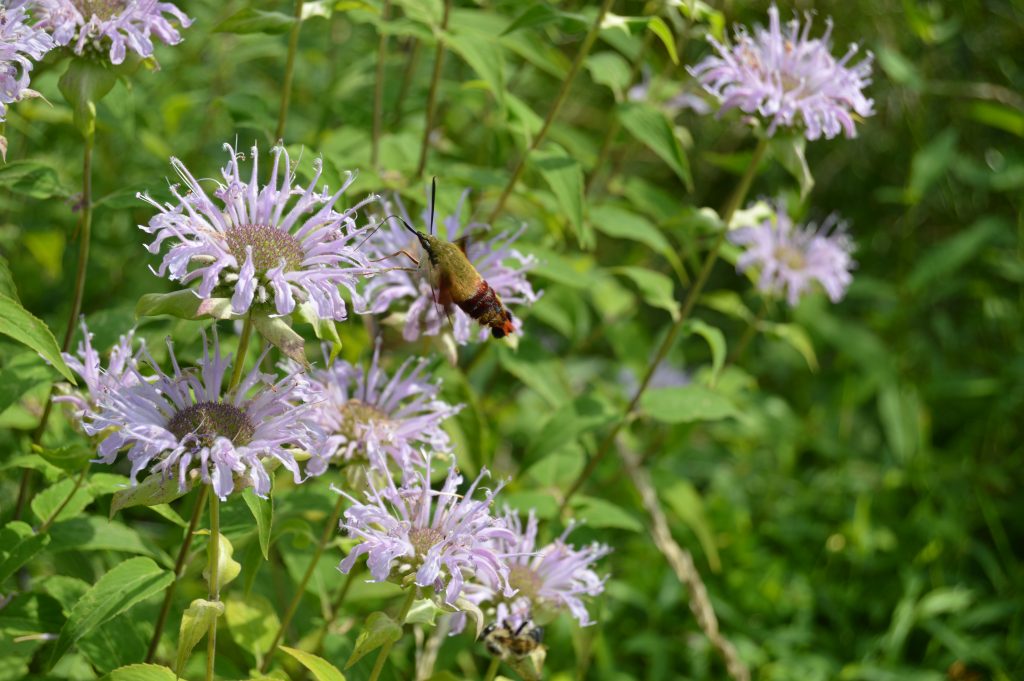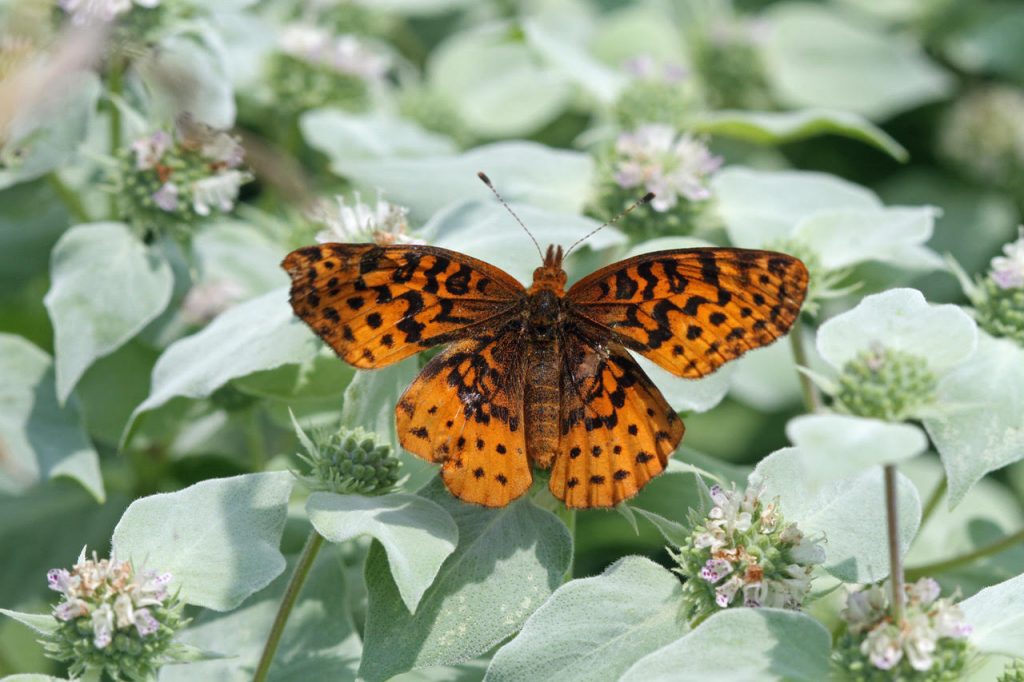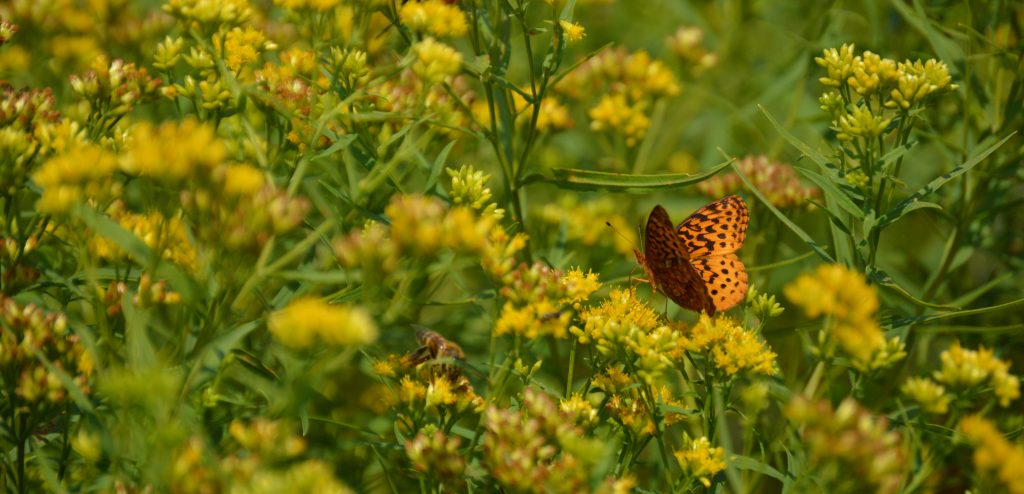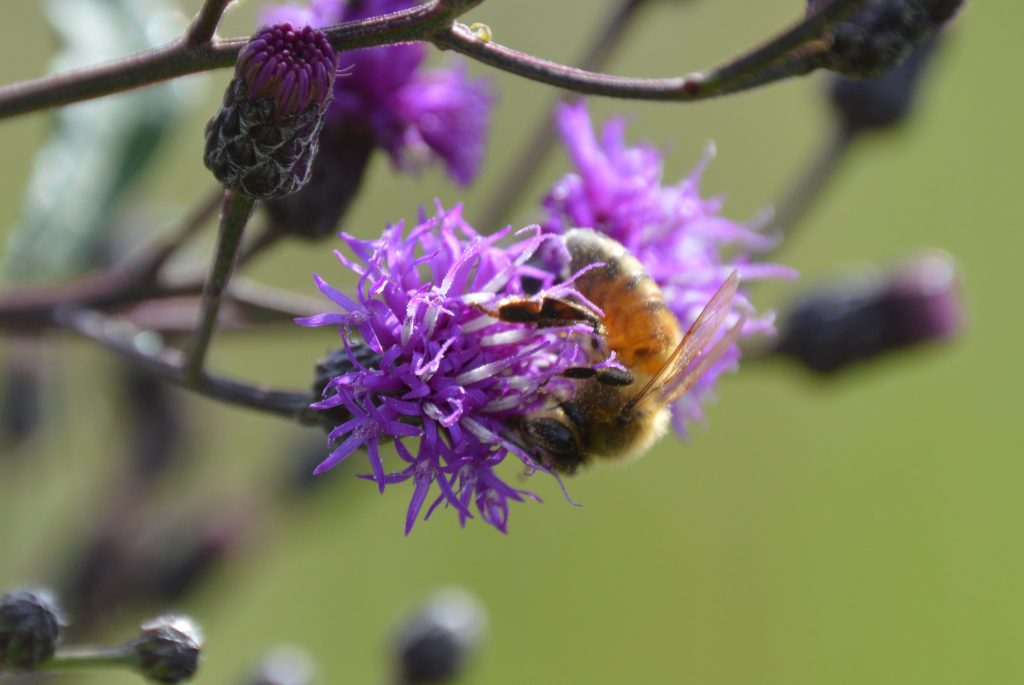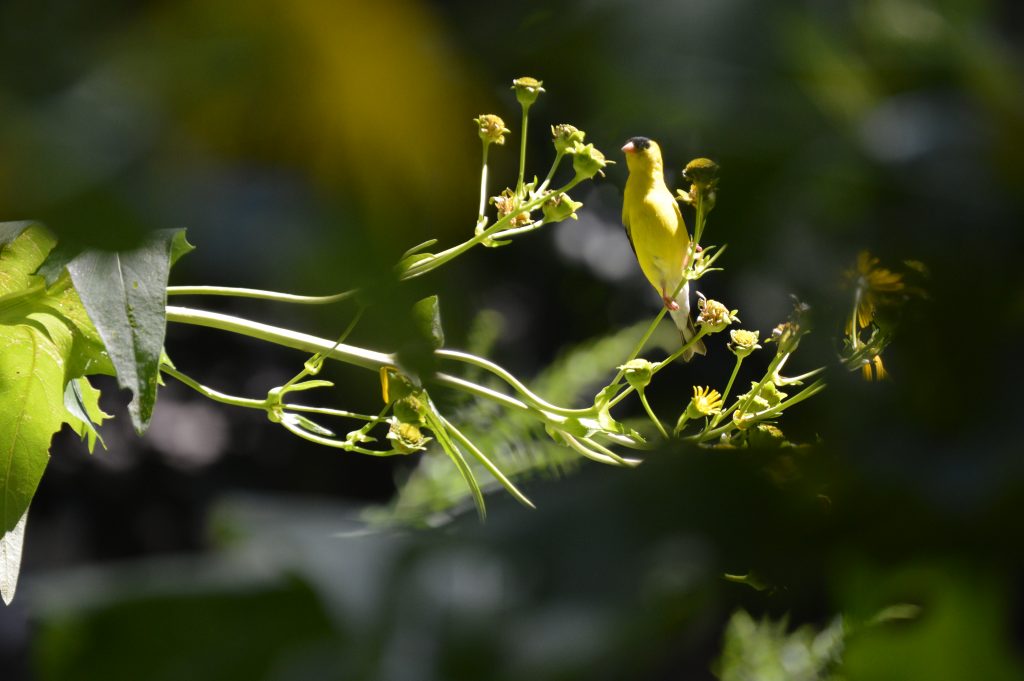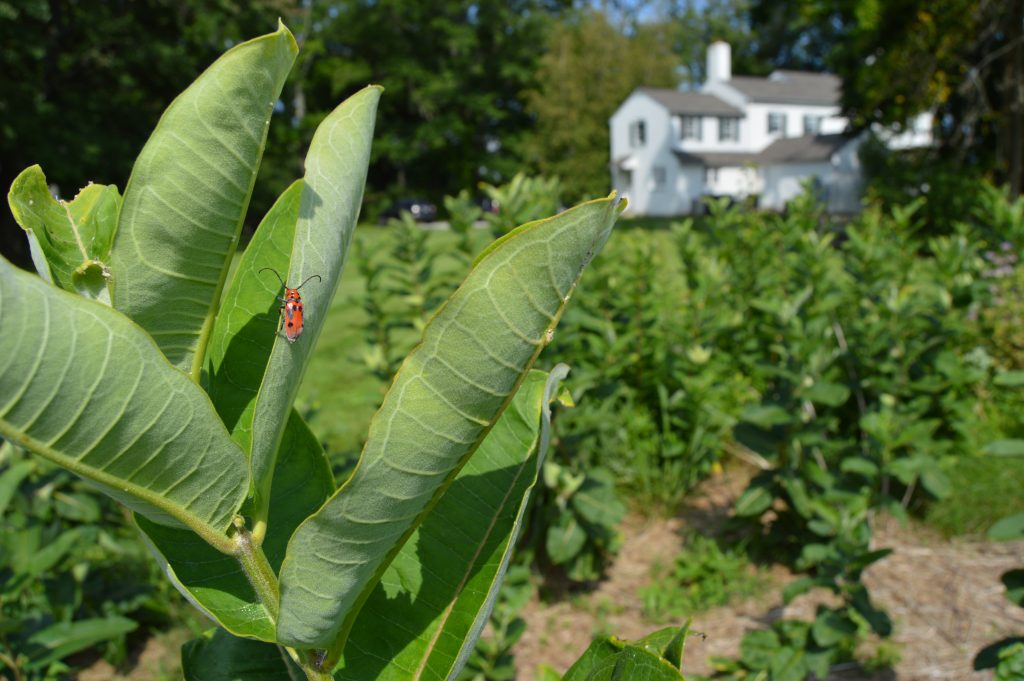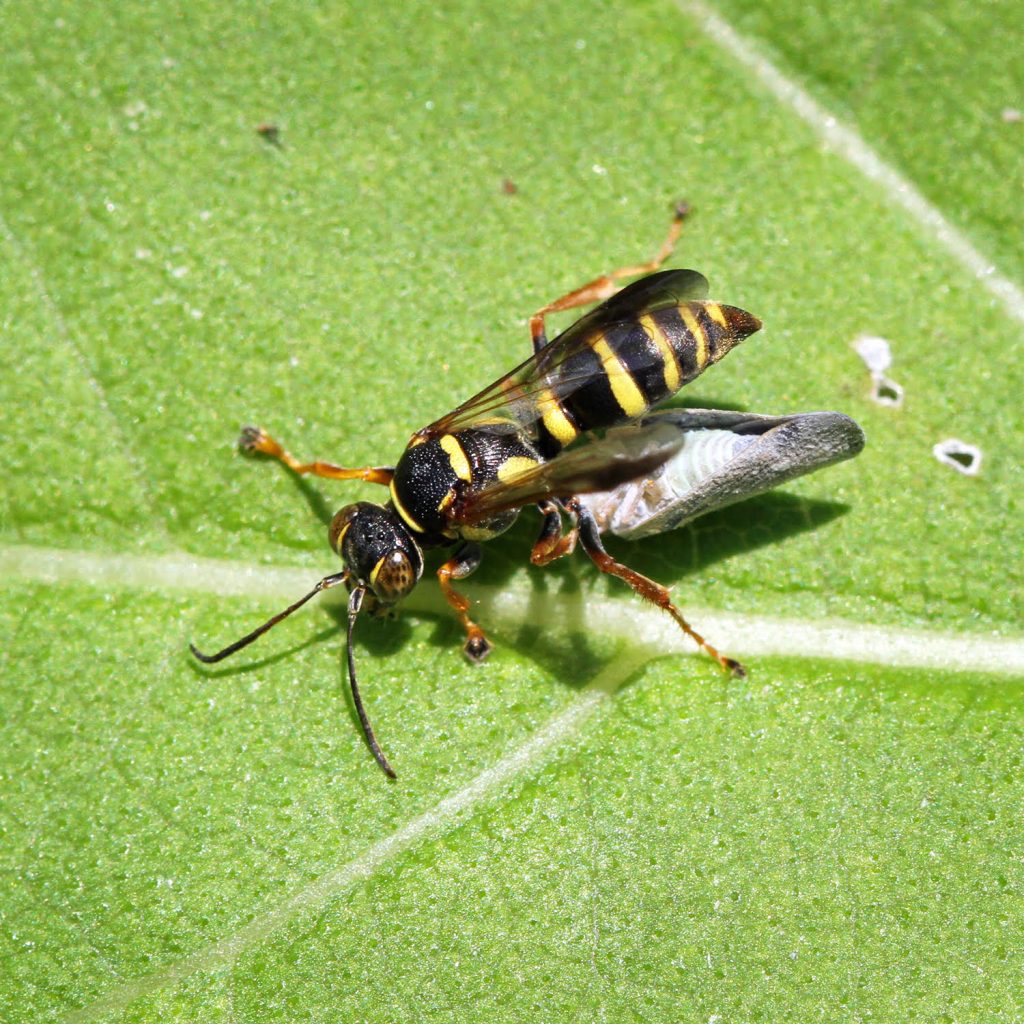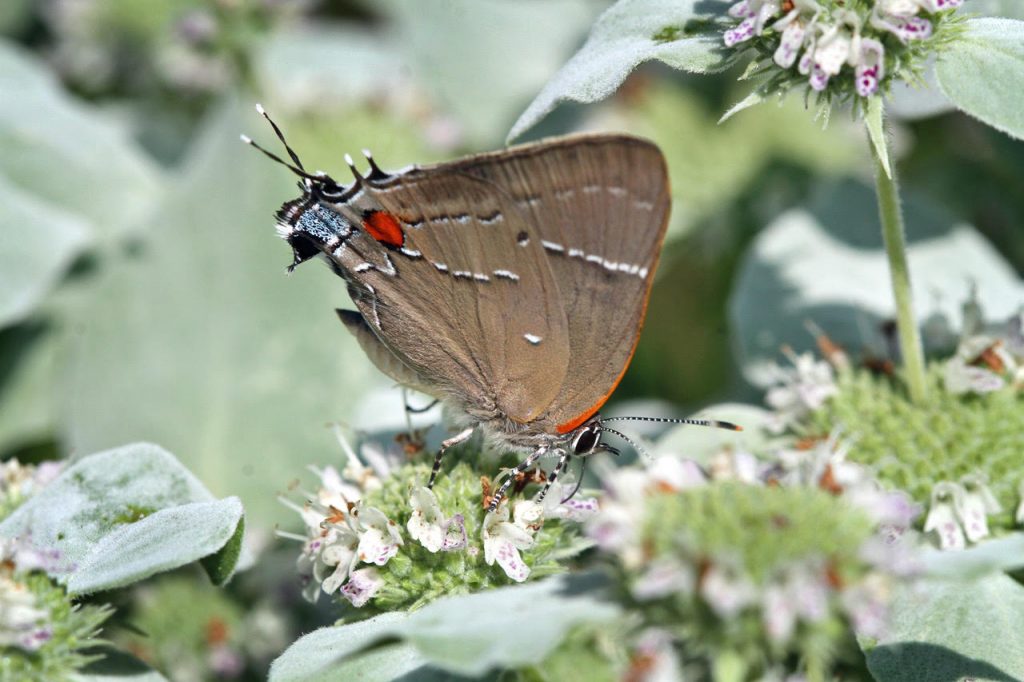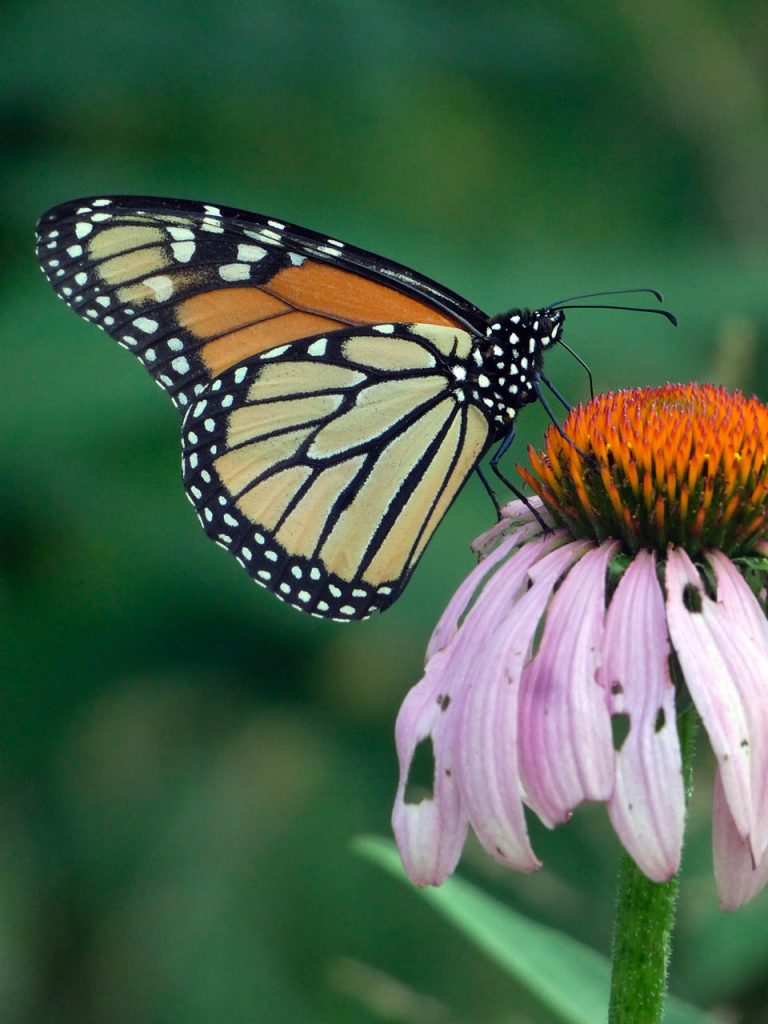What if you treated your backyard as a piece of the larger mosaic of a habitat and added native plants to your landscape? The Trust’s Preserve Manager, Mike Cranney, for an overview of native plants and why they’re important to birds and other wildlife. Mike will be joined by Julie Snell and Lisa McDonald Hanes of Redbud Native Plant Nursery, located in Media, PA. Julie and Lisa will share their growing and sourcing practices, selecting the right plants for your space, and how to develop a thriving native plant landscape!
REDBUD NATIVE PLANT NURSERY
The mission of Redbud Native Plant Nursery is to be the primary source of sustainably raised native plants for retail buyers in Southeastern Pennsylvania. Building on the base established over the past seventeen years, the nursery will continue to provide unique stock at a location where customers can see, touch and smell native plants in person and interact with knowledgeable staff.
To learn more about Julie and Lisa’s nursery, please visit Redbud Native Plant Nursery’s website: www.redbudnative.com
